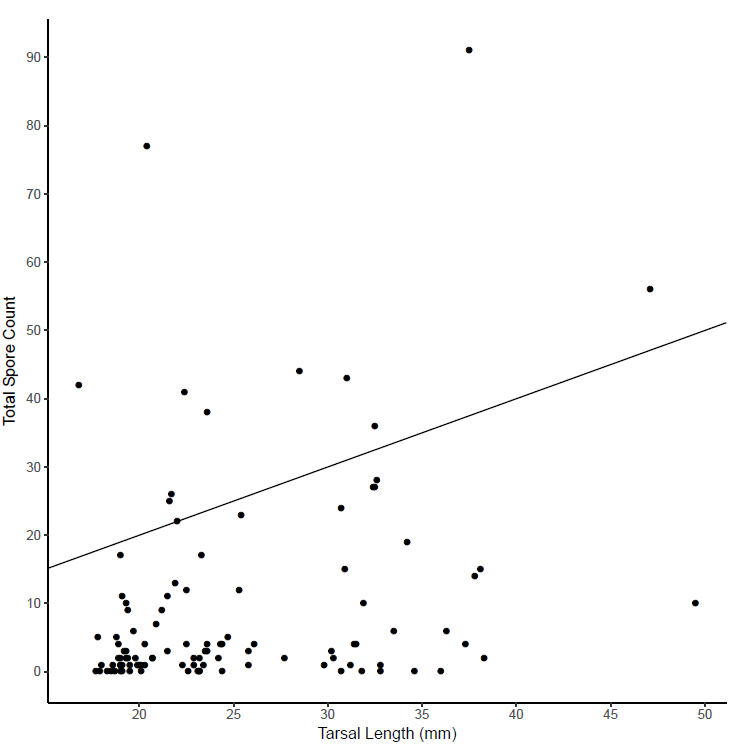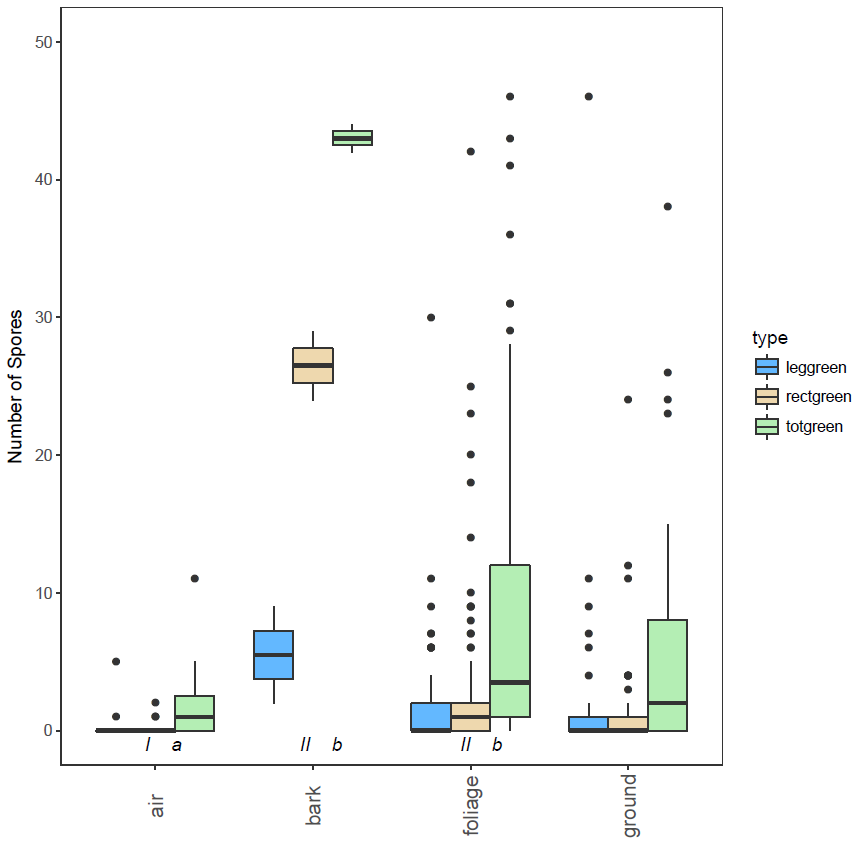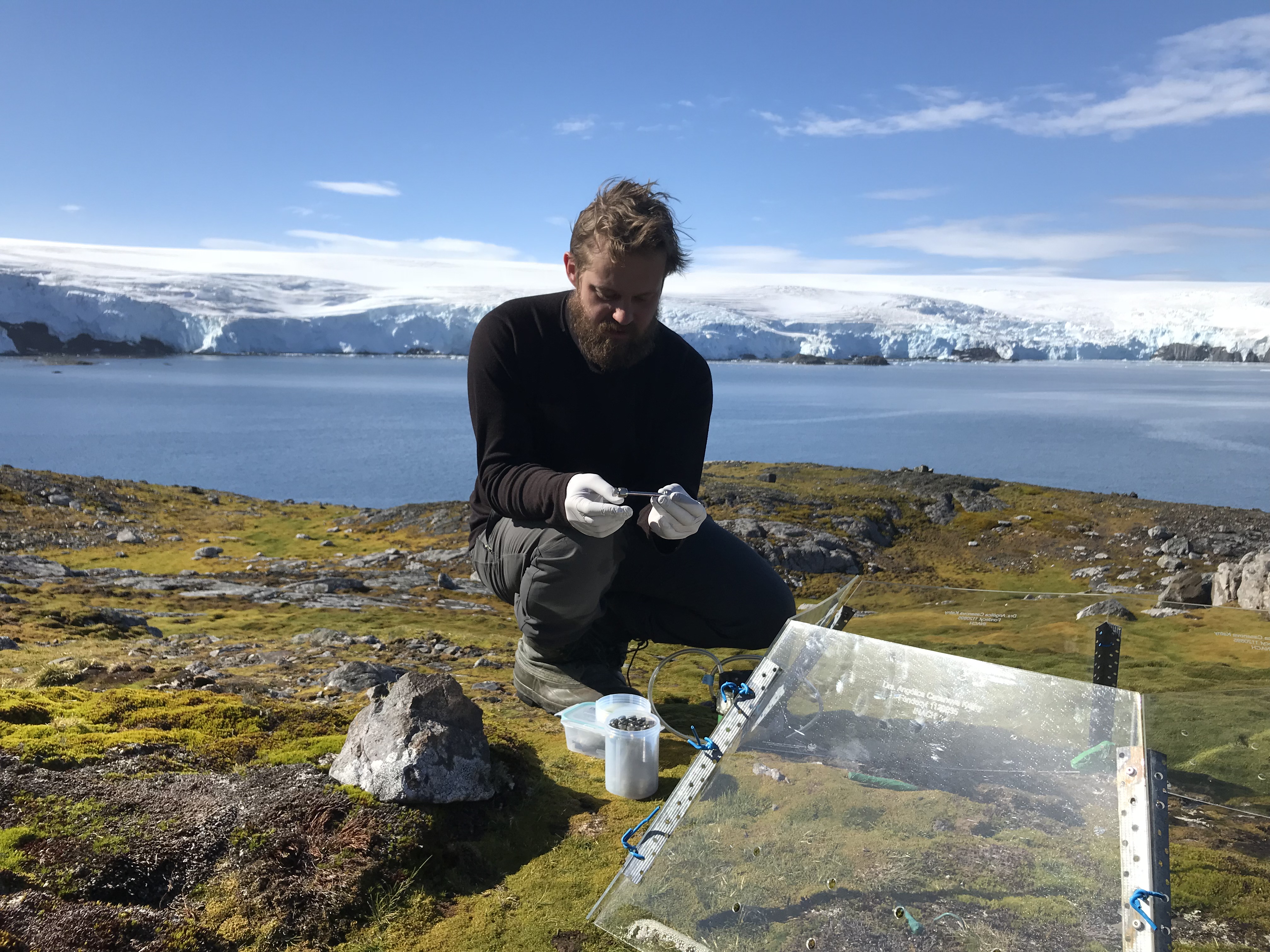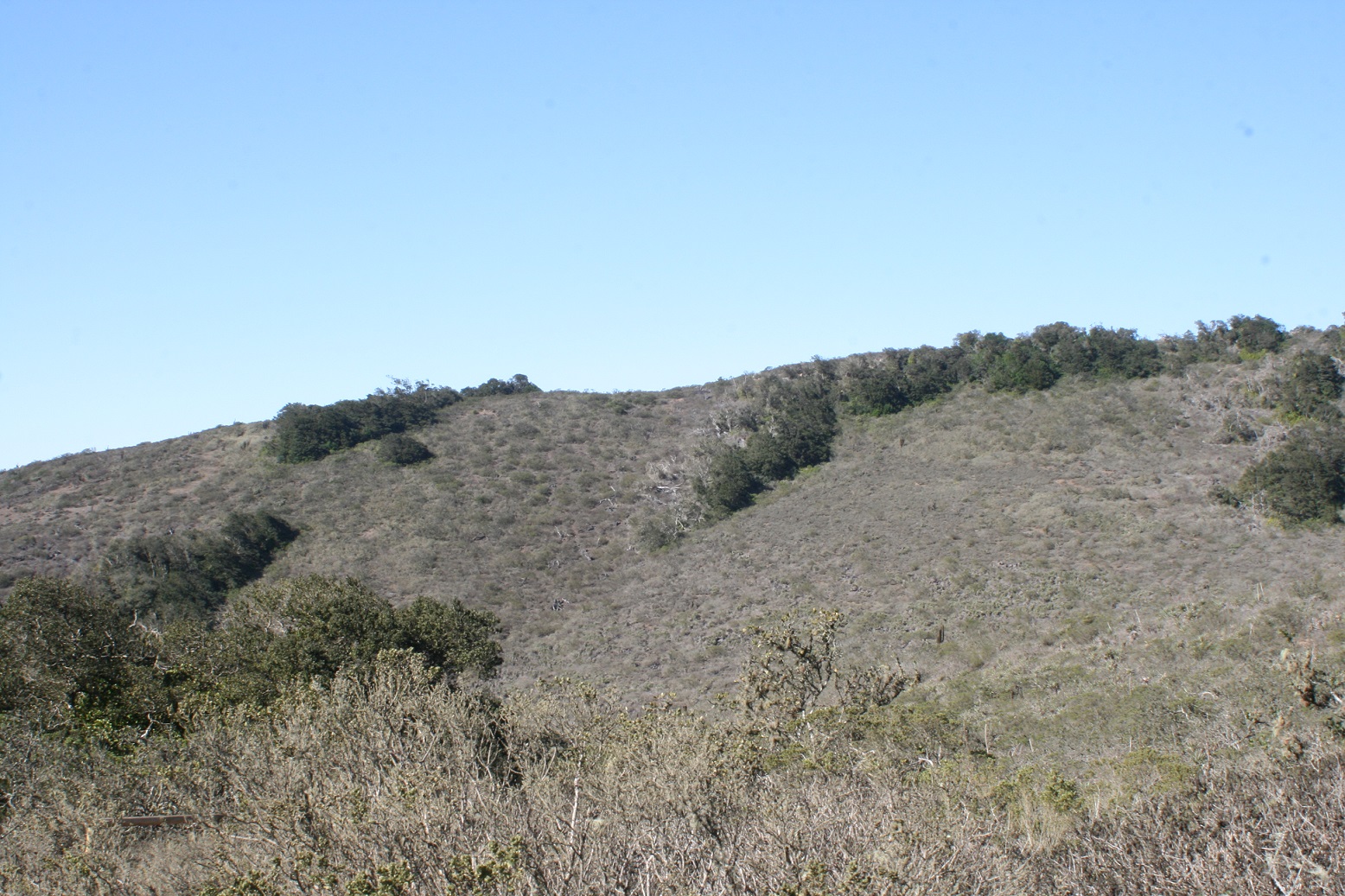Matthew Chmielewski, Ph.D.
My primary research interests are aimed at understanding the factors that generate and maintain diversity within ecological communities. I approach my research by applying mechanistic empiricism and natural history to ask questions about ecological theory. While my interests transcend particular taxa, my dissertation has specifically focused on understanding how bird behavior may influence the dispersal of moss propagules. I conduct this work at the intersection of ornithology, dispersal ecology, and bryology (the study of mosses, liverworts, hornworts) using a variety of methods that span from organismal field work through gene sequencing.
Dispersal Ecology
The dispersal of plant seeds by animals has wide ranging impacts on the patterns of diversity and population connectivity across ecological communities in the landscape. The ability for animals to disperse spore-bearing plants has been comparatively little studied. I have been interested in understanding how widespread moss spore vectoring by birds may be, and whether particular avian characteristic impact spore loads. I’ve found that spore load correlates positively with bird size, and that foraging behavior and species of birds influence the number of spores found on bird surfaces.

Bryophyte spore counts correlate positively with bird body size

Bryophyte spore load varies with avian foraging behaviors
Ecology of Climate Change in Extreme Environments
As part of the Center for Life in Extreme Environments, I have collaborated with others in the Eppley Lab to study moss communities on the Antarctic peninsula. Our work involves understanding how climate change impacts the community composition of mosses (the dominant land plants in Antarctica)and the microfauna that depend on mosses as habitat. This work is ongoing with our Chilean collaborator Angelica Casanova-Katny (with some new pubs in the works). We’ve supplemented this work locally by looking at how climate change impacts sex ratio shifts in mosses, with implications for sexual reproduction under an altered climate scenario.

Sampling an OTC on a sunny Antarctic day
Metacommunity Ecology
My interest in dispersal ecology ultimately stemmed from the literature in metacommunity dynamics. While this lead me to focus on questions related to dispersal more directly, I’ve maintained an interest in metacommunity theory. As part of a Fulbright fellowship in Chile, I studied the bryophyte communities in relict patches of fog-maintained Valdivian forest in Parque Nacional Bosque Fray Jorge in order to determine how metacommunity structure varies with vertical stratification and variation in spatial scale.

Patches of forest maintained by fog-deposition surrounded by a relatively arid matrix